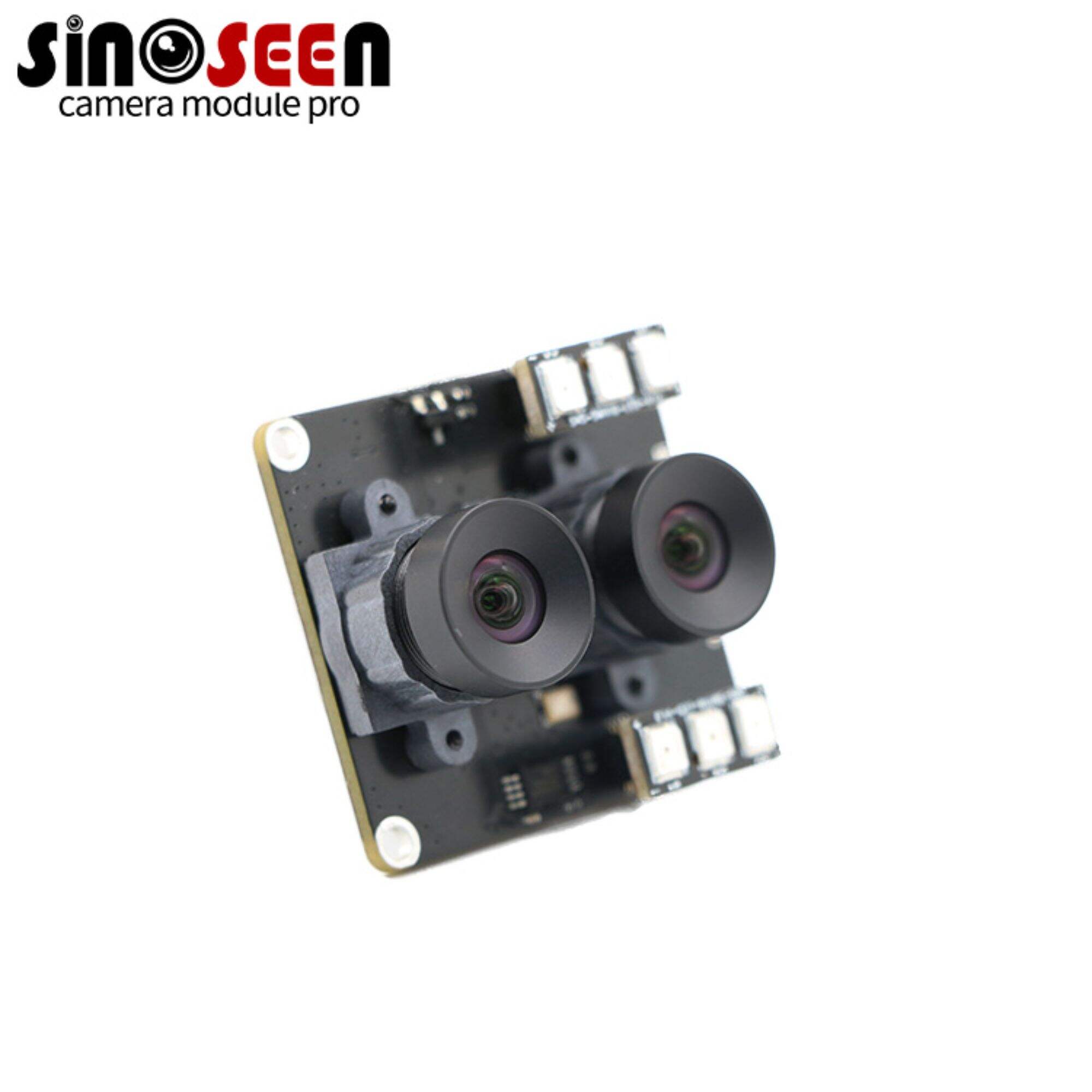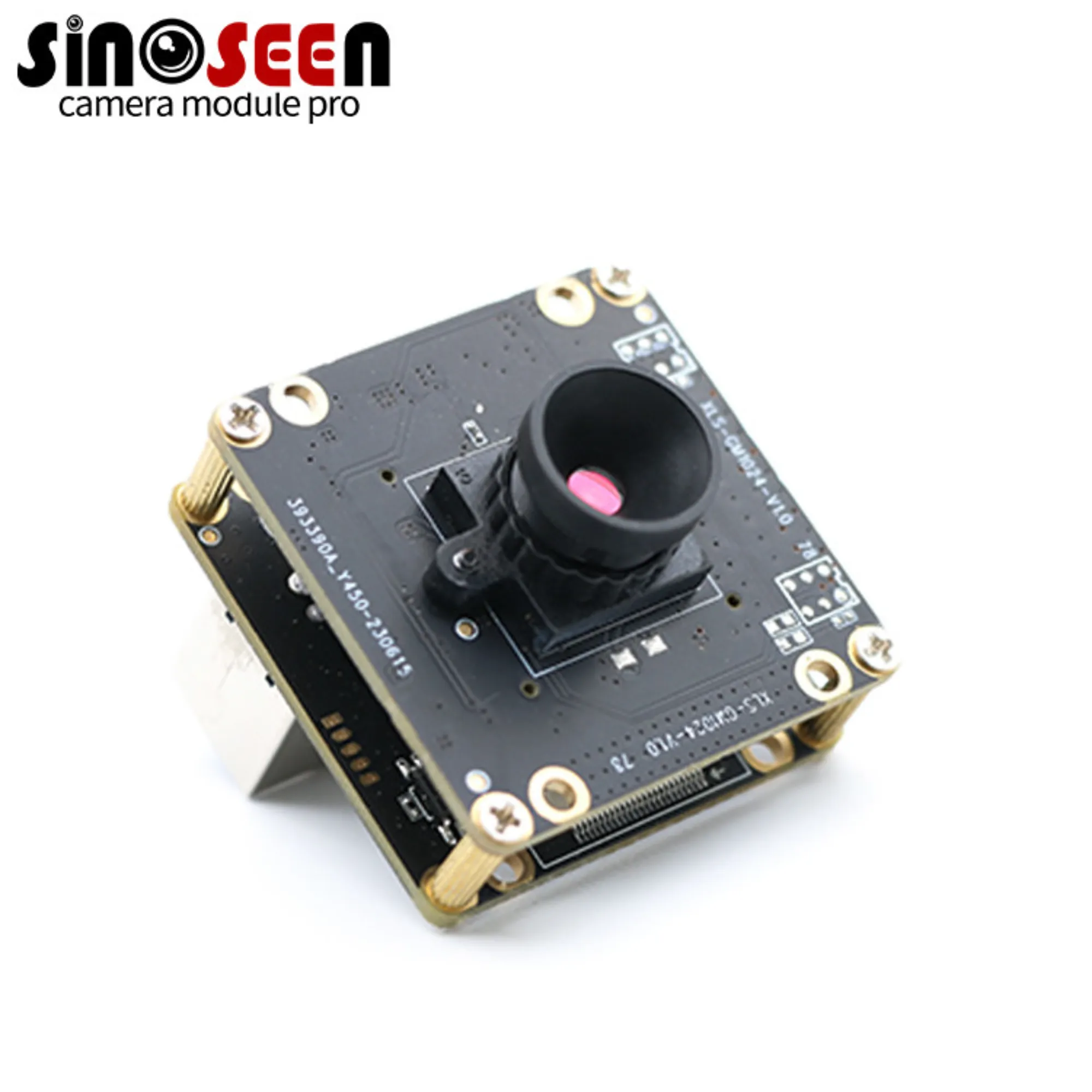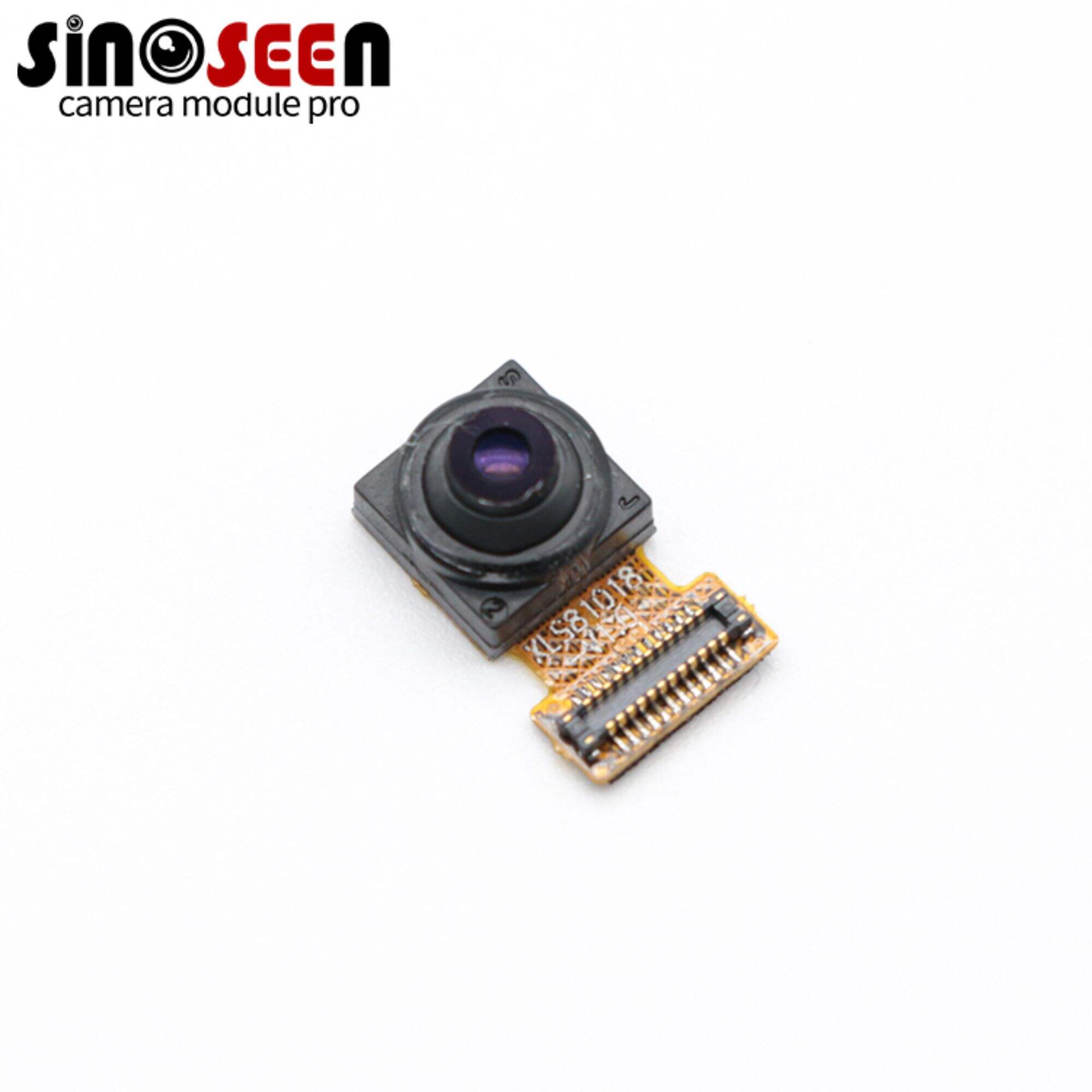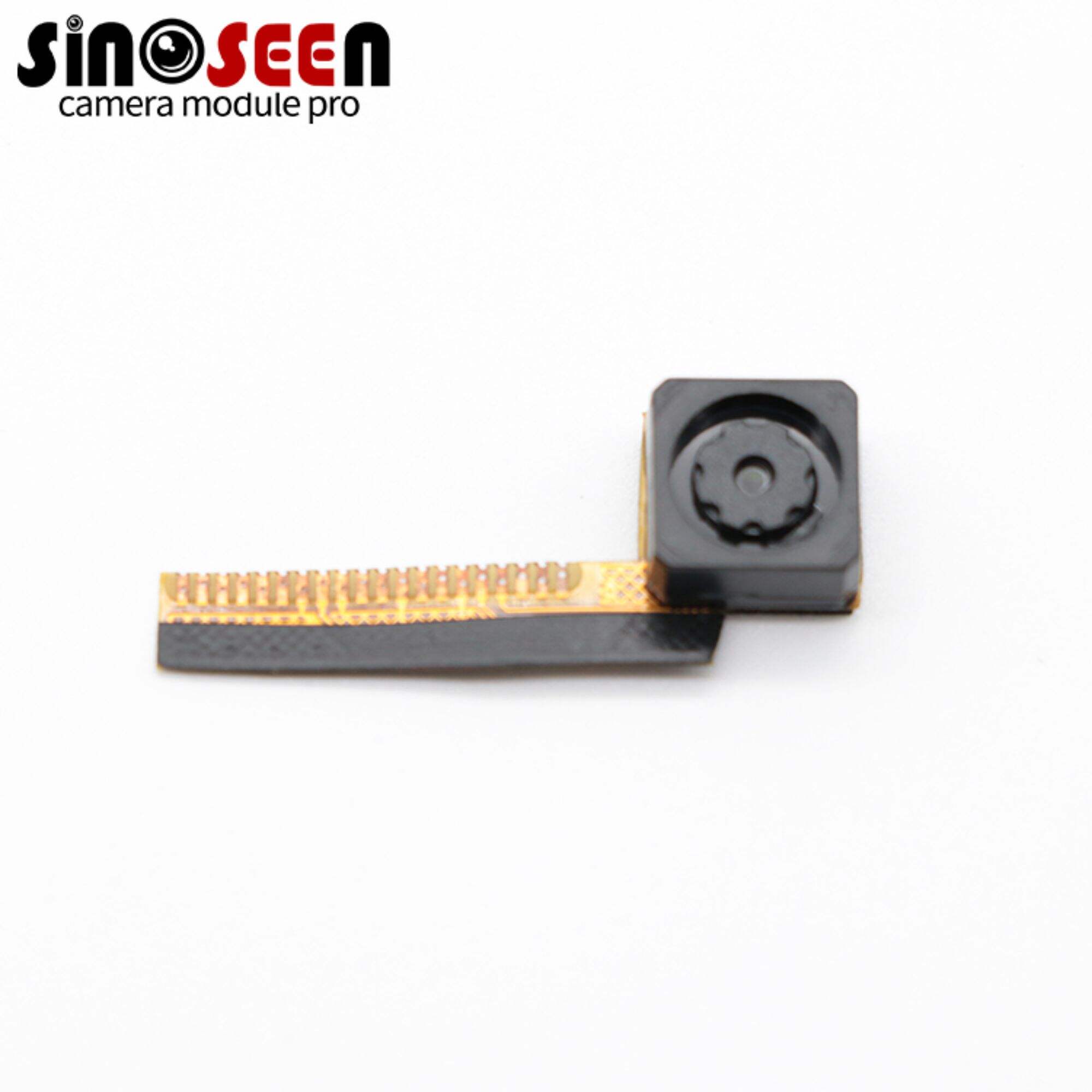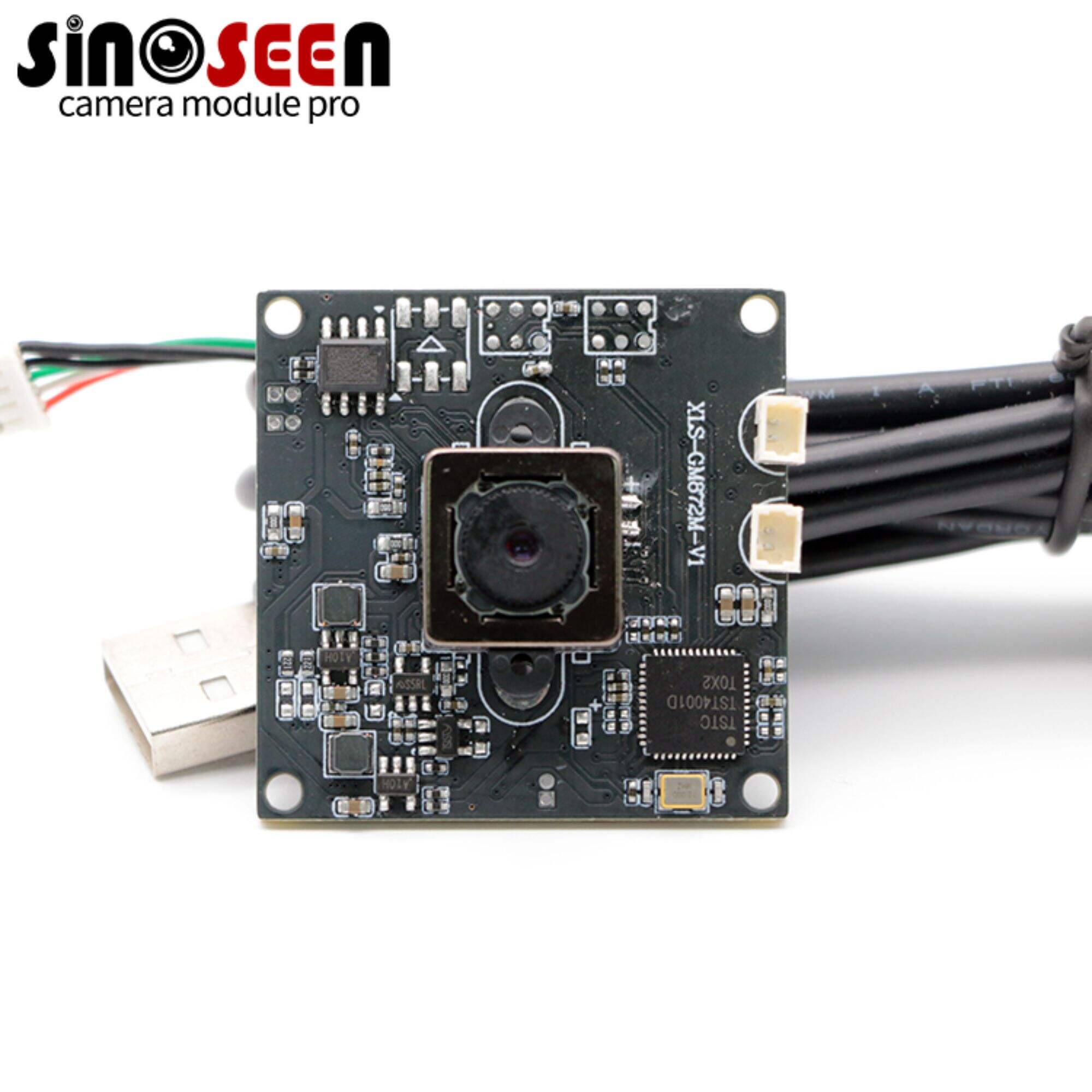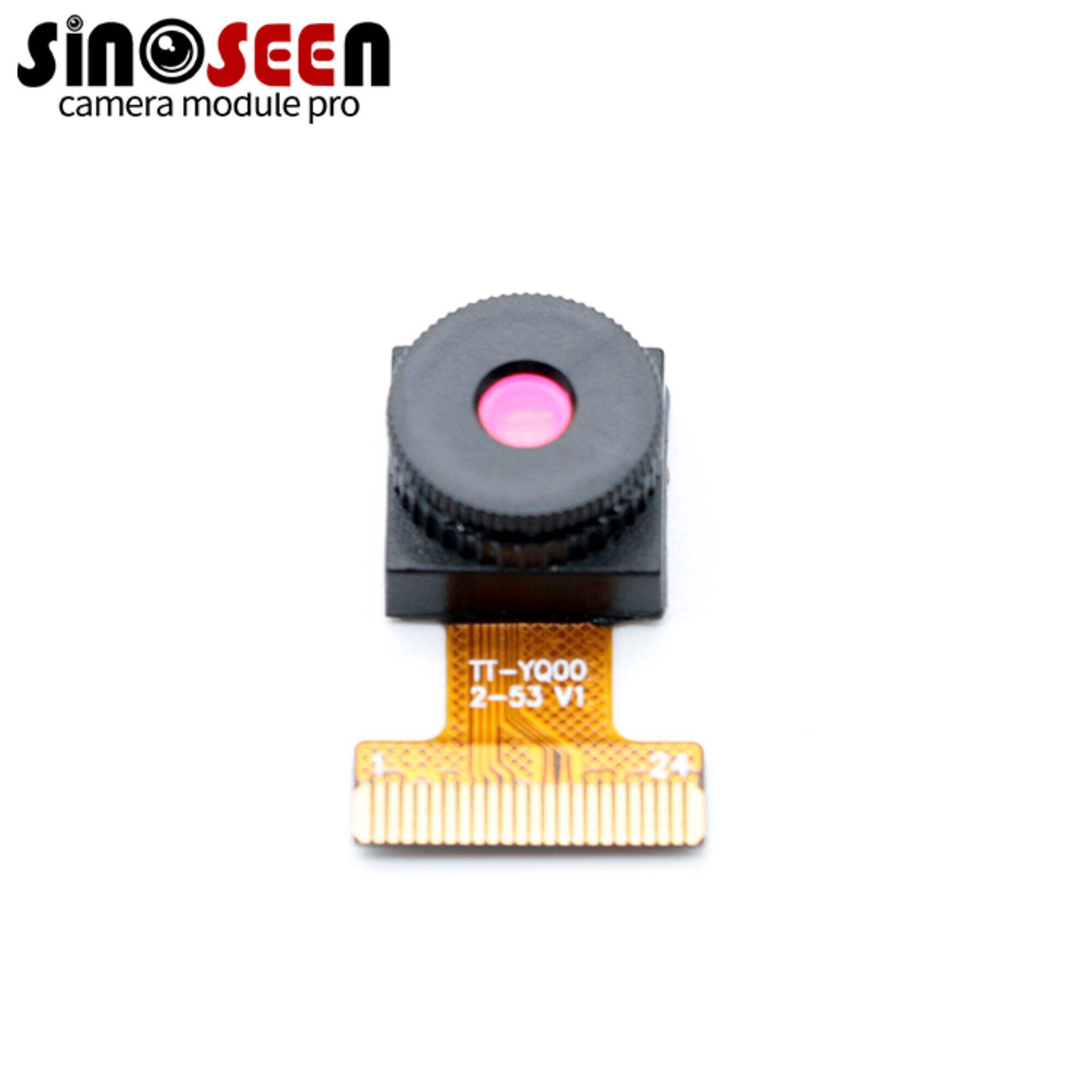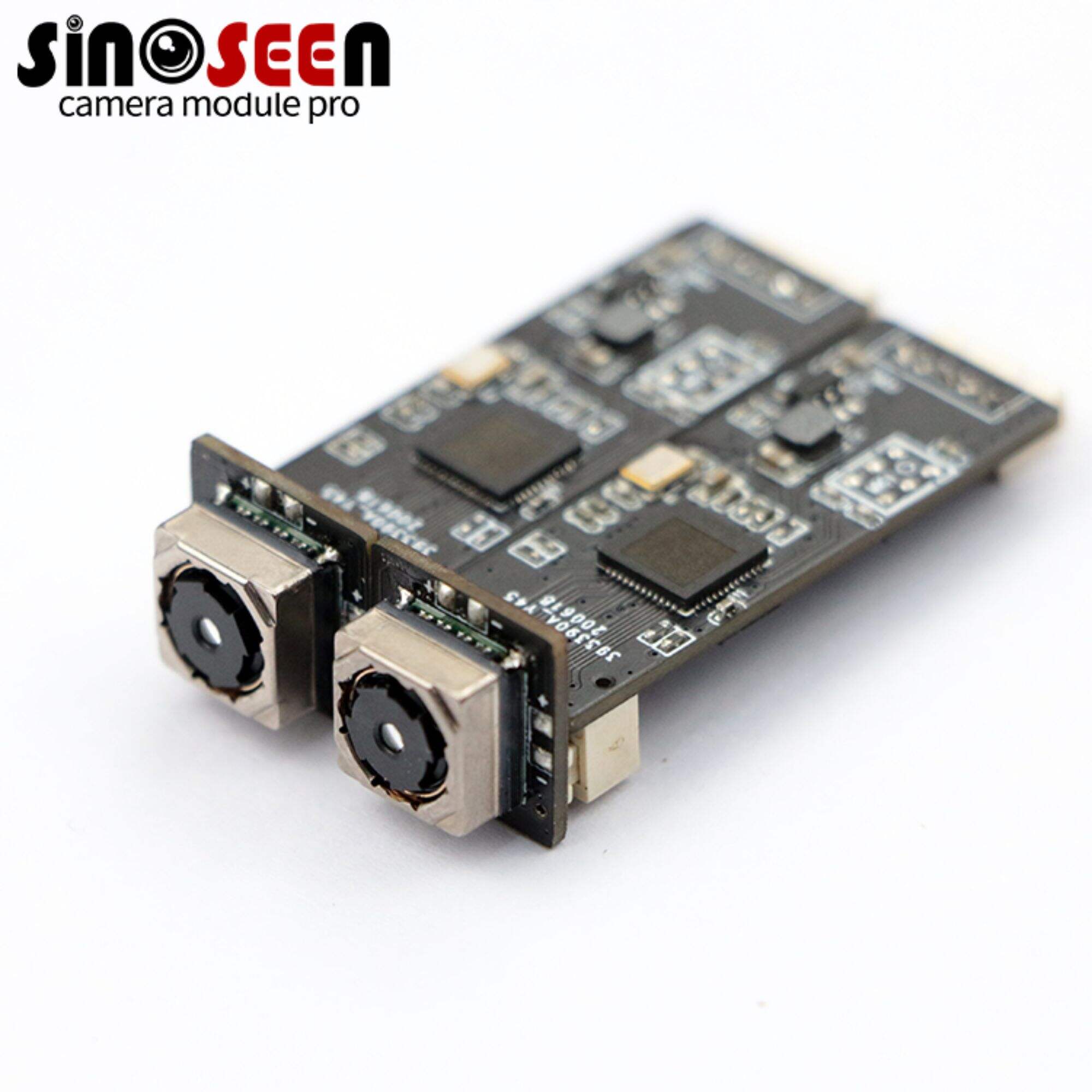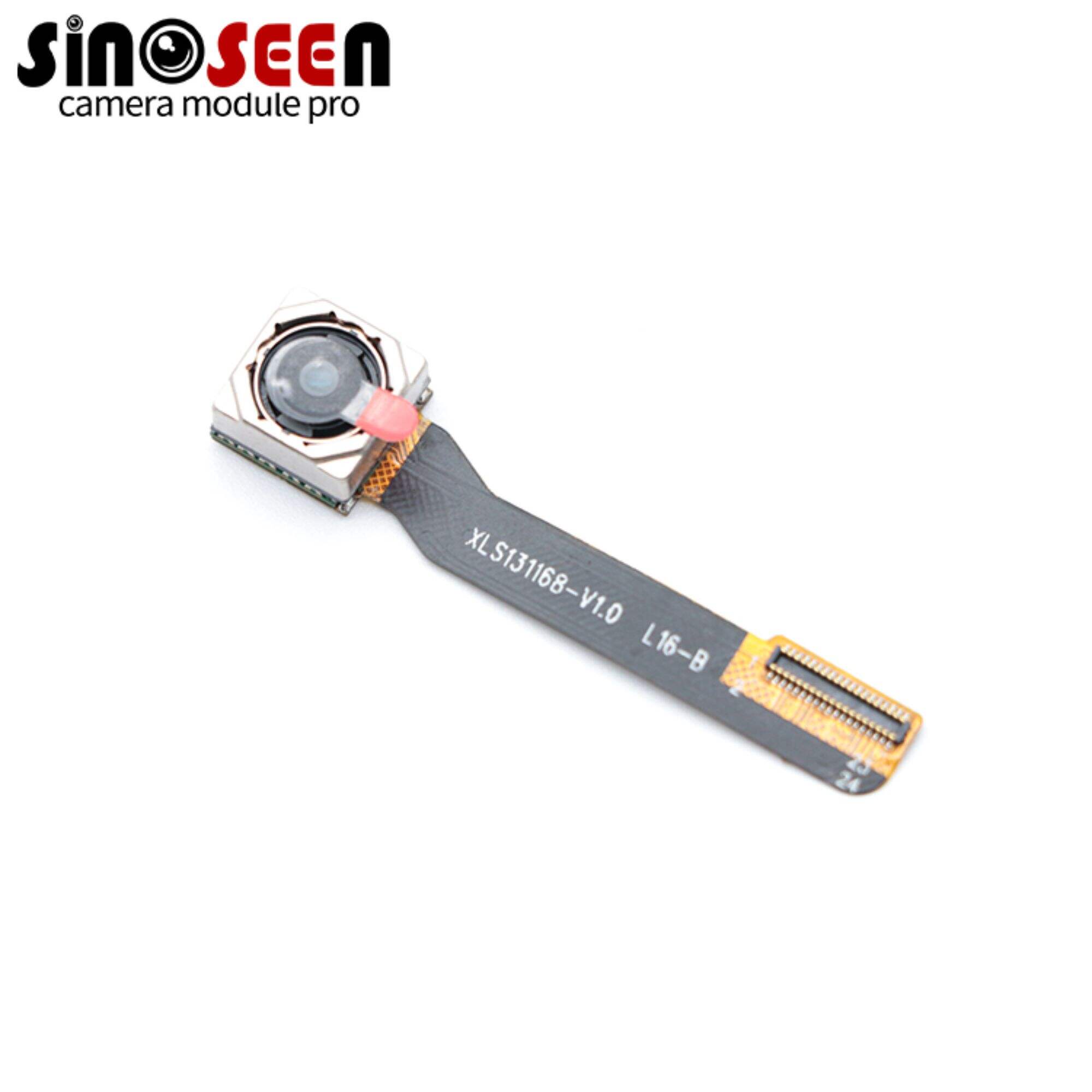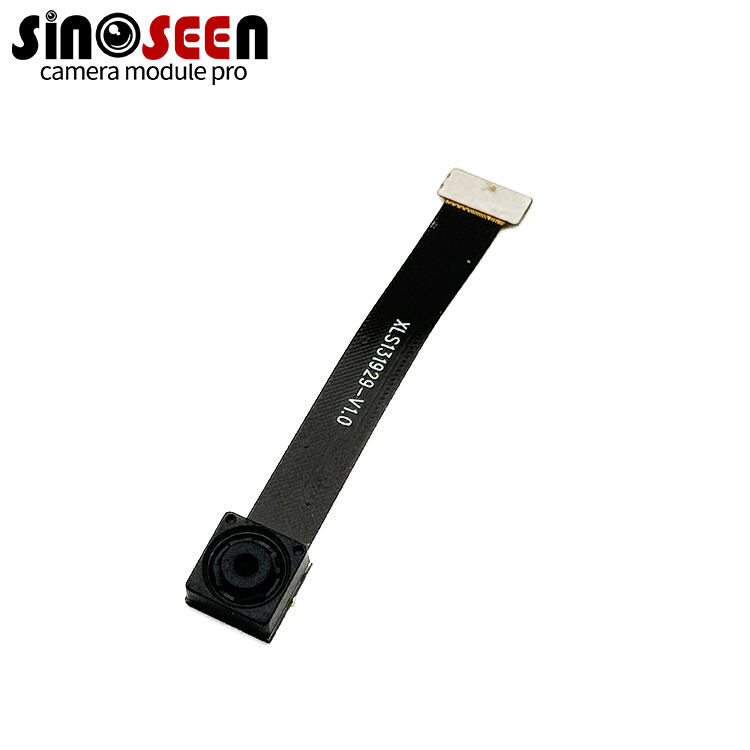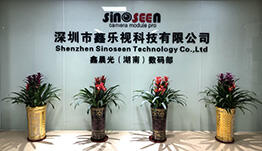MIPI camera module VS USB camera module - Understanding the Differences
MIPI and usb camera interfaces are the more mainstream types of interfaces for embedded vision applications today. Although with the development of embedded vision technology, more and more new interfaces can be used. Of course, depending on the application, MIPI and USB interfaces have their own advantages and disadvantages. In this article, we will take an in-depth look at the two interfaces, MIPI and USb, and make a detailed comparison.
What is the definition of a MIPI camera module?
A MIPI camera module is a compact, small electronic device that integrates a camera sensor, lens, and mipi interface. It is a camera module or system that transmits images from the camera to other host devices via the mipi interface protocol.
Mipi interface
Mipi stands for Mobile Industry Processor Interface and is a standard interface type specification for mobile devices. It is the primary interface type commonly used in today's market for image data transfer between cameras and other host devices.By technical means mipi to usb.
The MIPI interface is easy to use and versatile, supporting a wide range of applications including 1080p, 4k and 8k video and high resolution imaging. Ideal for use in embedded vision applications such as AR/VR, gesture recognition systems, face recognition and security surveillance.An in-depth look at what the MIpi interface is?
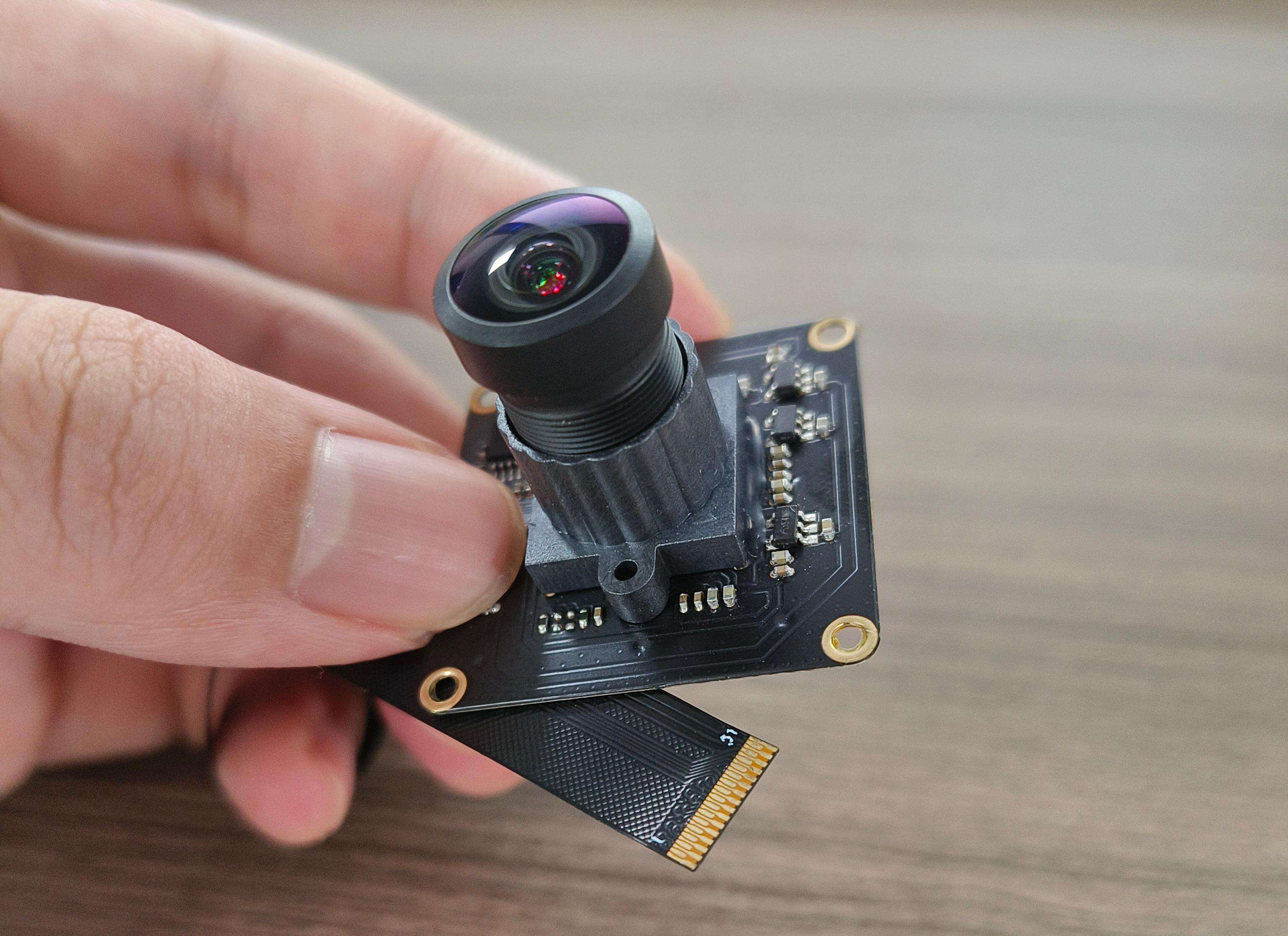
How MIPI Camera Modules Work
MIPI camera modules connect to other host devices via MIPI CSI (Camera Serial Interface) or DSI (Display Serial Interface). Featuring high resolution and low power consumption, DSI is generally used to transmit display data, while CSI is used to transmit image and video data.
MIPI CSI-2 Interface
MIPI CSI-2 (Second Generation Camera Serial Interface) is a more efficient and user-friendly interface based on the improvements of mipi. It features four image data channels, each providing up to 2.5Gb/s of bandwidth, for a total of 10Gb/s maximum bandwidth. In terms of speed, MIPI CSI-2 is superior to USB 3.0.
MIPI CSI-2 provides a reliable protocol to handle video resolutions above 1080p. Thanks to its multi-core processor, one of its main advantages is the small footprint on cpu resources. It is the default interface for devices such as raspberry pi and jetson Nano, and both V1 and V2 of the raspberry pi camera module are based on this interface.
Limitations of MIPI CSI-2
Although the Mipi CSI-2 interface is a popular interface today and has many advantages, there are still some limitations. One of the more obvious is that MIPI cameras often require additional drivers, and without strong support from the system manufacturer, support for image sensors will be limited. This means that there will be compatibility issues between MIPI cameras and various devices.
Different types of MIPI camera modules
Besides MIPI CSI-2, there are many other types of MIPI camera modules on the market, such as mipi camera csi-2, MIPI CSI-3, MIPI CSI-4 and MIPI CSI-5, etc. Among them, MIPI CSi-2 is the most widely used, which supports 4 channels. The later CSI-3, CSI-4 and CSI-5 support 8, 16 and 32 channels respectively.
What is a USB camera module?
Unlike MIPI camera modules, USB camera modules are popular because of their versatility and ease of use. Thanks to the plug-and-play nature of USB, USB camera modules can be connected directly via USB from whatever device they are being used from. high speed usb camera modules are commonly used for video conferencing, machine vision, and more.
USB Interface
The usb camera interaface is an important connection point between the camera and the PC. With its plug-and-play functionality, it simplifies the setup process and reduces the development cost of embedded vision. usb2.0 has certain technical limitations and compatibility issues compared to current technology, so usb3.0 and usb3.1 Gen 1 were introduced later.There is something to know about usb camera interaface in the previous article.
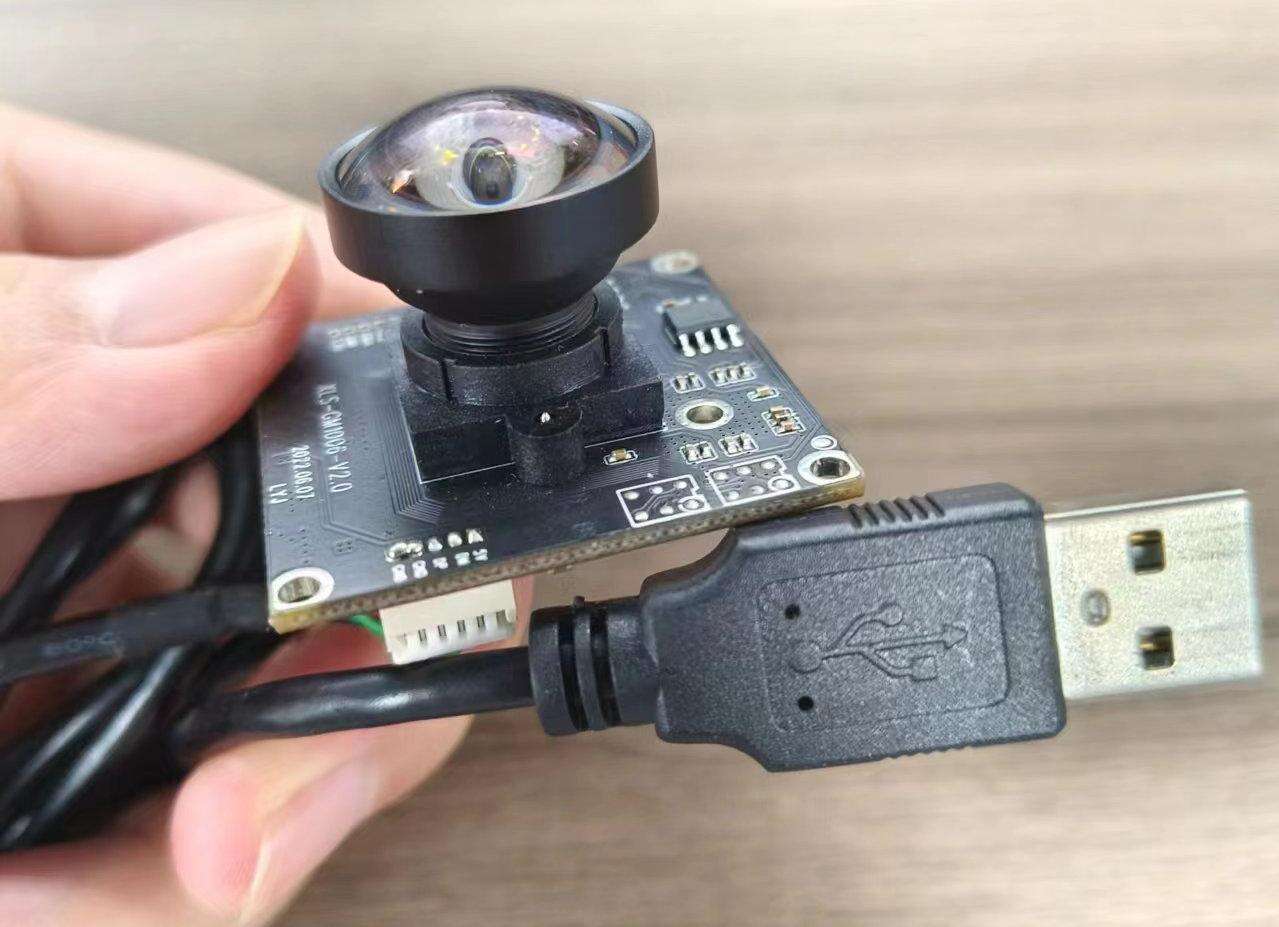
USB camera module principle of operation
As the name suggests, a USB camera module uses a usb camera interaface to connect to a host device such as a computer or tablet, etc. The usb camera interaface has a maximum transfer speed of up to 480Mbps, and has a hot-swappable feature that allows the USB camera module to be disassembled without shutting down the host system.
USB3.0 Interface
USB3.0 has been further upgraded on the basis of USB2.0, maintaining its original plug-and-play and low cpu load characteristics while greatly improving reliability. both USB3.0 and USB3.1 Gen 1 retain the excellent features of the older version.The difference between usb 2.0 and 3.0 can be seen in this article.
With additional hardware, USB 3.0 can achieve a transfer rate of 40 megabytes per second with a maximum bandwidth of 480 megabytes. This is more than ten times higher than USB 2.0 and four times higher than Gige. And plug-and-play ensures quick replacement of the camera in the event of a problem.
Limitations of the USB 3.0 interface
In theory there is no perfect interface, any interface has its advantages and limitations. usb3.0 interface is the same. usb3.0 does not support high-resolution sensors, and the effective transmission length is only 5 meters, although it can be extended through technology, but to maintain the reliability of the performance has become a big problem.
The main differences between MIPI and USB camera modules
- Power Consumption: MIPI camera modules consume less power than USB camera modules. the camera csi interface is a mobile standard interface, and energy-efficient range is critical in these devices. usb cameras typically consume more power, which can be a disadvantage for applications that require power supply and are energy-sensitive.
- Transfer speeds: MIPI camera modules typically offer higher data transfer speeds. four channels of MIPI CSI-2 can deliver 2.5Gbps each, while high speed usb camera module are limited by the USB (USB 2.0 or USB 3.0) standard.
- compatibility: the use of USB interface camera module compatibility is better. USB standard is ubiquitous, through the usb camera interaface can make the camera and a variety of devices seamlessly. MIPI requires a specific hardware interface, for developers who are not familiar with the MIPI standard, this is a challenge.
- image quality and processing efficiency: in terms of image quality and processing,mipi csi camera are better because they are directly connected to the Image Signal Processor (ISP), which effectively improves synchronization, reduces latency, and thus improves image quality. usb cameras may have latency issues, especially if the ISP is not well optimized for the usb data stream.
Here, I am giving a brief analysis of both MIPI CSI-2 and USB3.0 interfaces in a table format:
| features | USB 3.0 | MIPI CSI-2 |
| Availability on SoC | High-end SoCs | Lots (usually 6 lanes) |
| bandwidths | 400MB/S | 320 MB/s/channel 1280 MB/s(4channel) |
| Cable length | < 5 M | <30CM |
| Space requirements | high | low |
| plug-and-play | support | no support |
| development cost | low | middle-high |
Conclusion
In conclusion, USB and mipi camera interface have their own strengths and limitations. When we choose between the two, we need to specifically consider the actual needs, budget and technical development difficulties. And through this article, I believe we all have a general understanding of USB and MIPI, I hope it can help you.
Camera Module Manufacturer - SInoseen
Sinoseen has 16 years of experience in the camera module industry, supporting the customization of camera module products in various interfaces and fields. All camera module products support OEM/ODM customization.
On the basis of reputation and ethics, we provide our customers with the most sincere service at a fair price and excellent quality. We want to work with people who share our beliefs and build long-term partnerships.
The Sinoseen Camera Module will be one of your first choices for embedded vision applications.

 EN
EN
 AR
AR
 DA
DA
 NL
NL
 FI
FI
 FR
FR
 DE
DE
 EL
EL
 HI
HI
 IT
IT
 JA
JA
 KO
KO
 NO
NO
 PL
PL
 PT
PT
 RO
RO
 RU
RU
 ES
ES
 SV
SV
 TL
TL
 IW
IW
 ID
ID
 SR
SR
 VI
VI
 HU
HU
 TH
TH
 TR
TR
 FA
FA
 MS
MS
 IS
IS
 AZ
AZ
 UR
UR
 BN
BN
 HA
HA
 LO
LO
 MR
MR
 MN
MN
 PA
PA
 MY
MY
 SD
SD

